Discover Ponant’s Mediterranean cruise: luxury and ancient ruins
The decision to skip Athens’s famed landmark might cause a serious case of FOMO until you stumble upon this astonishing ancient site.
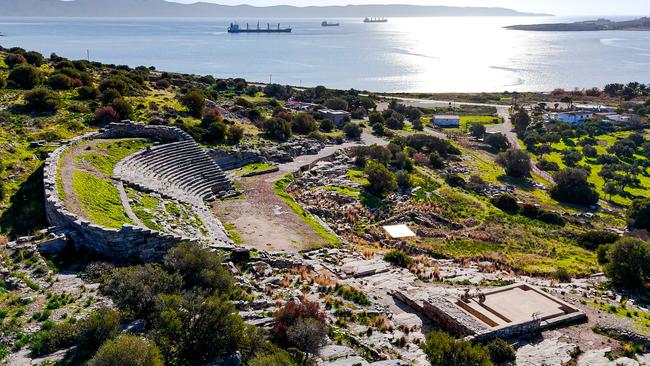
It’s astounding the things they leave lying around in Greece. Our ship has docked in Lavrio, southeast of Athens, and I’ve just made the potentially regrettable decision to not visit the Acropolis.
For most guests aboard this cruise with French luxury line Ponant, it’s a no-brainer: Acropolis now. But I can’t do crowds, at least not today.
Shunning the Parthenon for a path along the coast, I walk a few kilometres north, passing dusty backyards and disused train tracks, before stumbling upon the stone ruins of a strangely elongated theatre at the base of a scrubby hill.
A nearby interpretation board is so faded I can barely decipher it, and when I do I can barely believe it. I’m standing on the stage of the world’s oldest known performance space, the Theatre of Thorikos.
Constructed between 525BC and 480BC – before it occurred to anyone to build amphitheatres in a circular shape – it sits largely forgotten, on a hillside littered with remnants of settlements dating to 4000BC. And there’s not a soul around.
“In the Footsteps of Great Civilisations” is the theme of this history-laden Mediterranean cruise, which departs Malta and dips into Sicily and Puglia in southern Italy, before bouncing between the Greek islands and washing up on Turkey’s Aegean coast 10 days later.
Of the 10 ports, eight offer excursions to UNESCO World Heritage sites, so there’s no shame in taking a rest day if you’re not in the mood. Plus, you never know what you might discover on spontaneous wanderings.
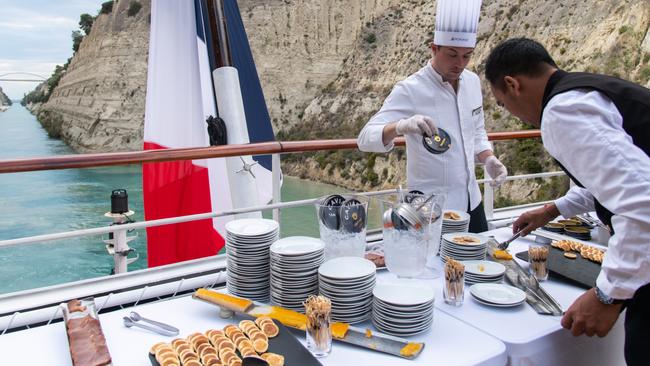
This is my first cruise, but I’m not sure it really qualifies as one. With just 180 passengers (capacity is 264) L’Austral feels more like a private yacht than a cruise ship. It fosters a wonderful intimacy for guests. People I met yesterday soon feel familiar as childhood friends, and connections continue long after the cruise ends.
Two-thirds of the guests are French, with Australians (17 in total) making up the majority of the English-speaking cohort.
Our ship’s svelteness allows it to squeeze through the comically slender Corinth Canal, a 6.4km-long slit in Greece’s Isthmus of Corinth, just 24m wide at its narrowest point.
It’s the only occasion when our captain Charbel Daher suspends his “open bridge” invitation to guests, requiring total concentration to avoid leaving paint smears on the canal walls. On deck, a festive atmosphere builds as we thread the needle, and cheers erupt as we pop out unscathed into the Saronic Gulf.
Every meal is a highlight, as you’d expect from a ship flying the French flag, and the Officers’ Dinner offers a chance to dine with the captain and crew.
The pool deck is a sublime setting for sunset cocktails, while our intellectual thirst is quenched by historian Anne-Marie Harrison, who distils the convoluted histories of our destinations into easily-digestible lectures that help us link ideas and themes.
“I’m not expecting you to remember all this,” she reassures us periodically, and thankfully no homework is handed out. It’s enough to know that we’re visiting some very old places, where the evolving story of human civilisation is being constantly uncovered.
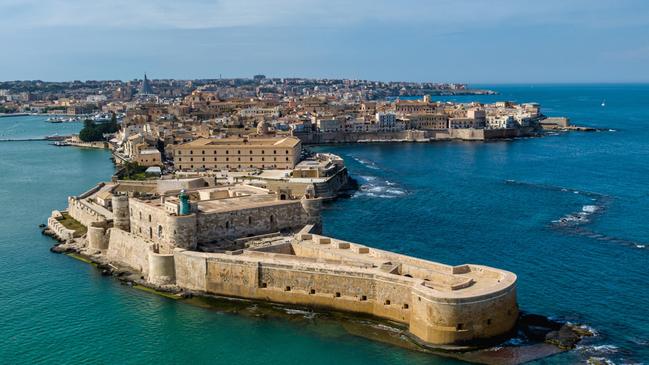
The ‘crocodile head-shaped’ Ortygia Island connected to Syracuse City.
Some of the first footsteps we follow belonged to the Phoenicians, who sailed in to Sicily from present-day Lebanon sometime around 1100BC.
Not much is known about these early rulers of the Mediterranean, other than they were shrewd merchant sailors who gave the Greeks the irrits.
“Rapacious sailors who, in their black vessels, sell a thousand cheap goods,” was Homer’s scathing assessment of them in The Odyssey.
Their arrival heralded the Graeco-Punic Wars, a mere precursor to a chain of conquests throughout the Mezzogiorno, in southern Italy, that lasted the best part of 3000 years.
Much of the action centred on the seaside city of Syracuse, strategically located on the Ionian coast, and once the most powerful city in the Ancient Greek world.
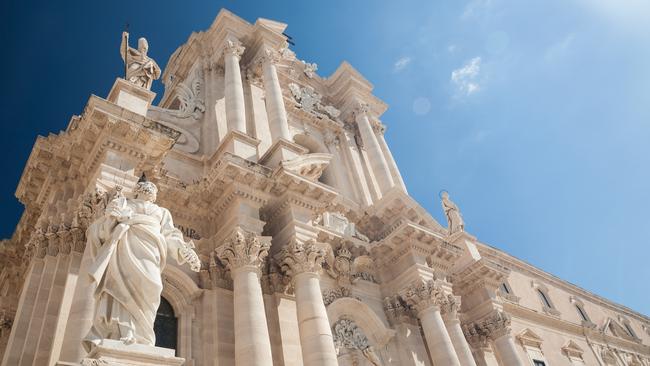
We slip in at dawn on our own black vessel, passing Maniace Castle, a 13th century fortress built on the island of Ortygia, into which the town’s historical centre is compressed. The morning sun spills through narrow laneways, where women hang washing from wrought iron balconies and swarms of Vespas loaded with wooden crates of fruit whiz past, scattering scrawny alley cats. It’s the Italy of my imagination.
The Cathedral of Syracuse is a vivid example of the city’s cultural layering, its original 5th-century BC Greek Doric columns encased by an ornate, Baroque facade added after an earthquake in 1693, which also resulted in a near total rebuild of nearby Noto, the “Baroque jewel of Sicily”.
I wander down to the tiny Cala Rossa Beach, where sunworshippers with skin the colour of treacle are draped over breakwater rocks in the sparkling sea, or playing cards on the smooth, warm pebbles. It’s the good life, I tell you.
Our cruise makes four stops in Greece.
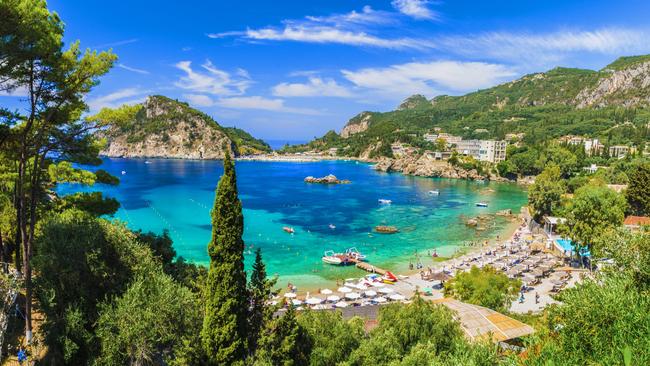
On the Ionian island of Corfu I join an excursion to the dreamy seaside village of Palaiokastritsa, where limestone cliffs plunge into an emerald sea punctuated by a prominent rock said to be the petrified ship of Odysseus.
From the main beach we board a dinky boat and slip into a series of wondrous, coral-walled sea caves, the crystal-clear water shimmering opal-green in the sunlight.
Back on land the sweet scent of jasmine wafts through the gardens of Palaiokastritsa’s 13th-century Byzantine monastery, teetering on one of the cliffs. Villages on Corfu were traditionally built on high points as a defensive measure against invading pirates, but the principle works equally well with tour buses. The original donkey track leading to Lakones is so narrow and tortuous that branches from olive trees scrape against our windows, while the whitewashed stone walls of roadside churches have clearly been enjoying regular communion with wing mirrors.
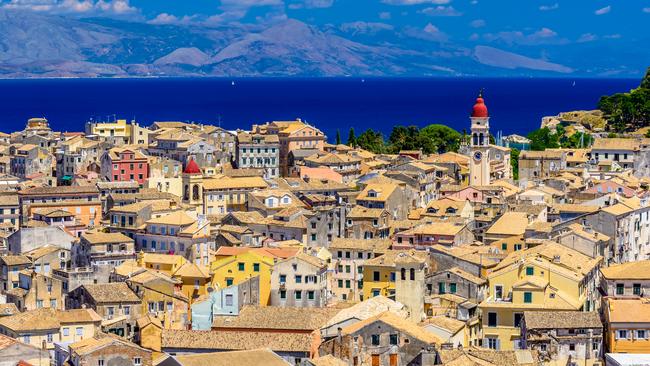
Guests who opt for a tour of the Corfu’s UNESCO-listed Old Town rave not only about the Ottoman-repelling Venetian fortresses, but the bountiful food: baked octopus with capers and artichokes, plump cumquats, lashings of lamb, plus delectable pasta dishes, a legacy of 400 years of Venetian rule from the 14th century.
From Corfu we plunge south, dodging Ionian Islands and slipping under the Rio-Antirrio Bridge, the longest cable-stay bridge in the world, in the dead of night to enter The Gulf of Corinth. I take to sleeping with the curtains open (on balmy nights my balcony door, too) so that my alarm call is the swell sloshing against the ship, and sunrise seeping into my stateroom.
I take my coffee out on to the deck as we nudge up alongside Itea’s charming waterfront promenade, surrounded by snow-specked mountains.
A ski resort on nearby Mount Parnassos attracts winter adventurers, but our shore excursion sticks to the mountain’s lower flanks, site of the Panhellenic sanctuary of Delphi, considered the “navel of the world”.
It’s spring, and swallows are nesting among the ruins of the Temple of Apollo, where common pilgrims joined kings, law-makers and political movers and shakers in seeking counsel from Pythia, the oracle of Delphi and conduit for the prophecies of Apollo.
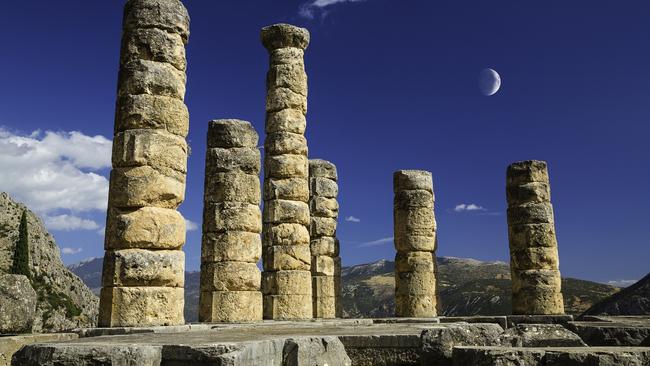
I could do with an oracle to consult on the morning we dock in Volos, as I can’t decide whether to take a five-hour round bus trip to marvel at the Meteora monasteries – where for centuries monks have lived perched improbably atop giant sandstone pillars – or head for the nearby foothills of Mount Pelion, homeland of the mythical centaurs, and favoured summer retreat for the Greek gods themselves.
I go with the gods’ recommendation and am instantly seduced by the hillside villages of Makrinitsa and Portaria, connected by cobbled mule paths and shaded by majestic plane trees. Fountains and churches dot comely courtyards, where shops sell tsai tou vounou (a medicinal mountain tea).
I pay my respects at the tombstone of Charles Ogle, a British journalist murdered by Turkish soldiers in 1878 while reporting on Greece’s revolt against the Ottoman Empire.
And so to Turkey, where our final footsteps follow the great civilisations that once inhabited Ephesus, the famous city of antiquity.
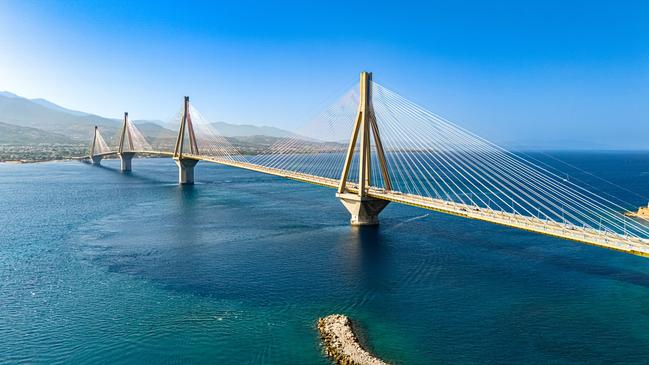
Abandoned around the 15th century and forgotten for some 500 years, the ruins are so well preserved that you could almost pick up where the last residents left off.
As we stroll down the world’s first pedestrian-only street (with stone bollards to keep the chariots out) our guide Hakan spots something lying between a crack in the marble pavers.
“A Roman nail,” he says. We crane our heads around his palm for a look. “Keep your eyes peeled,” he says, as we move off. “You find all sorts of stuff round here.”
In the know
Ponant’s 10-night Following in the Footsteps of Great Civilisations Mediterranean cruise departs on select dates from April 1, 2026. From $9710 a person, twin-share.
Ricky French was a guest of Ponant.
If you love to travel, sign up to our free weekly Travel + Luxury newsletterhere.


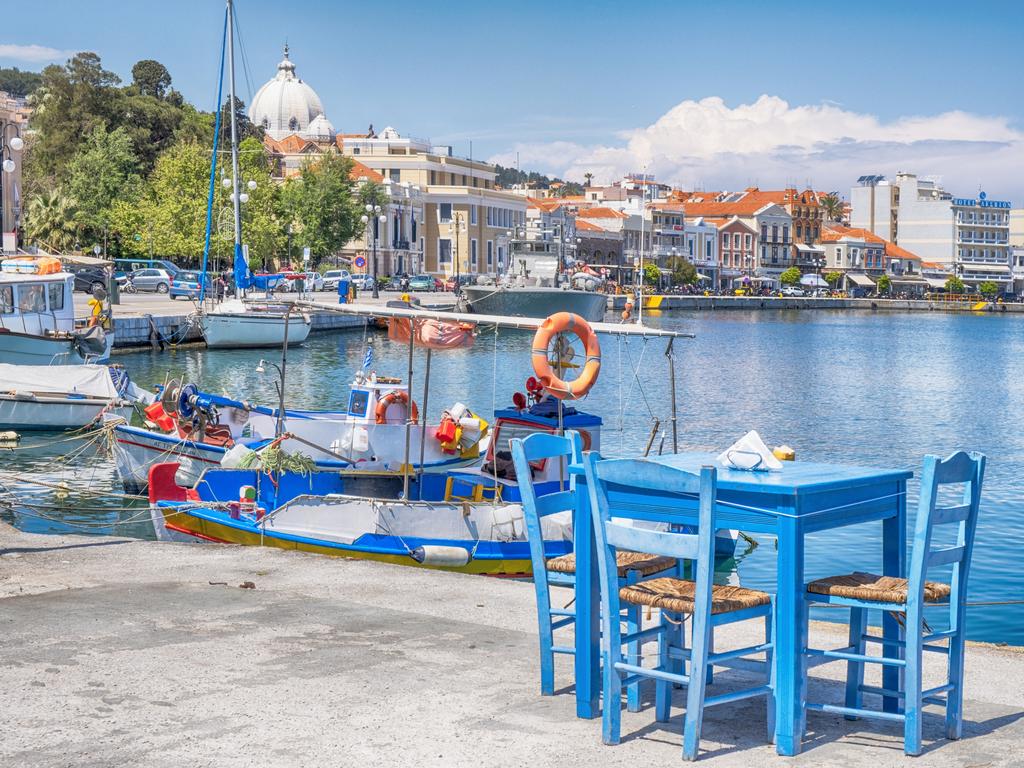
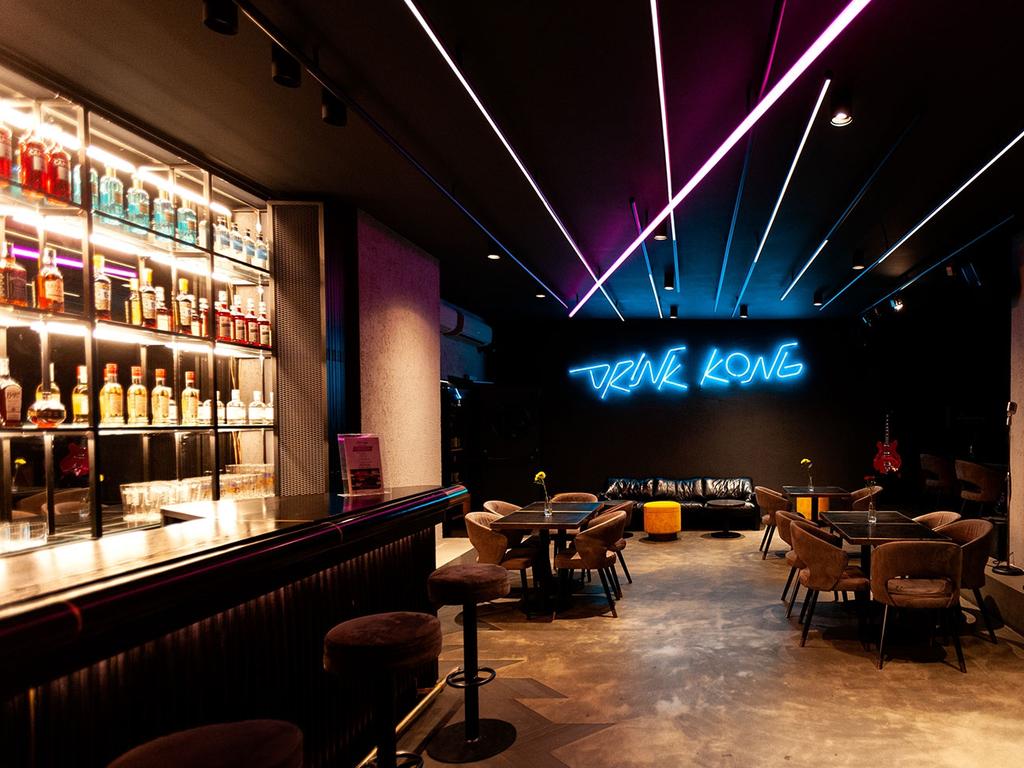
To join the conversation, please log in. Don't have an account? Register
Join the conversation, you are commenting as Logout